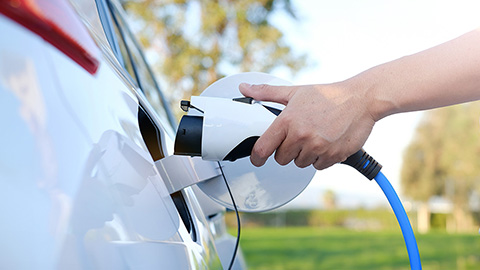Sustainable fleets, electric vehicles and the role of telematics
With increasing emphasis on sustainability goals and deadlines approaching, fleets need to prioritise two tasks – preparing for electrification and fleet optimisation.
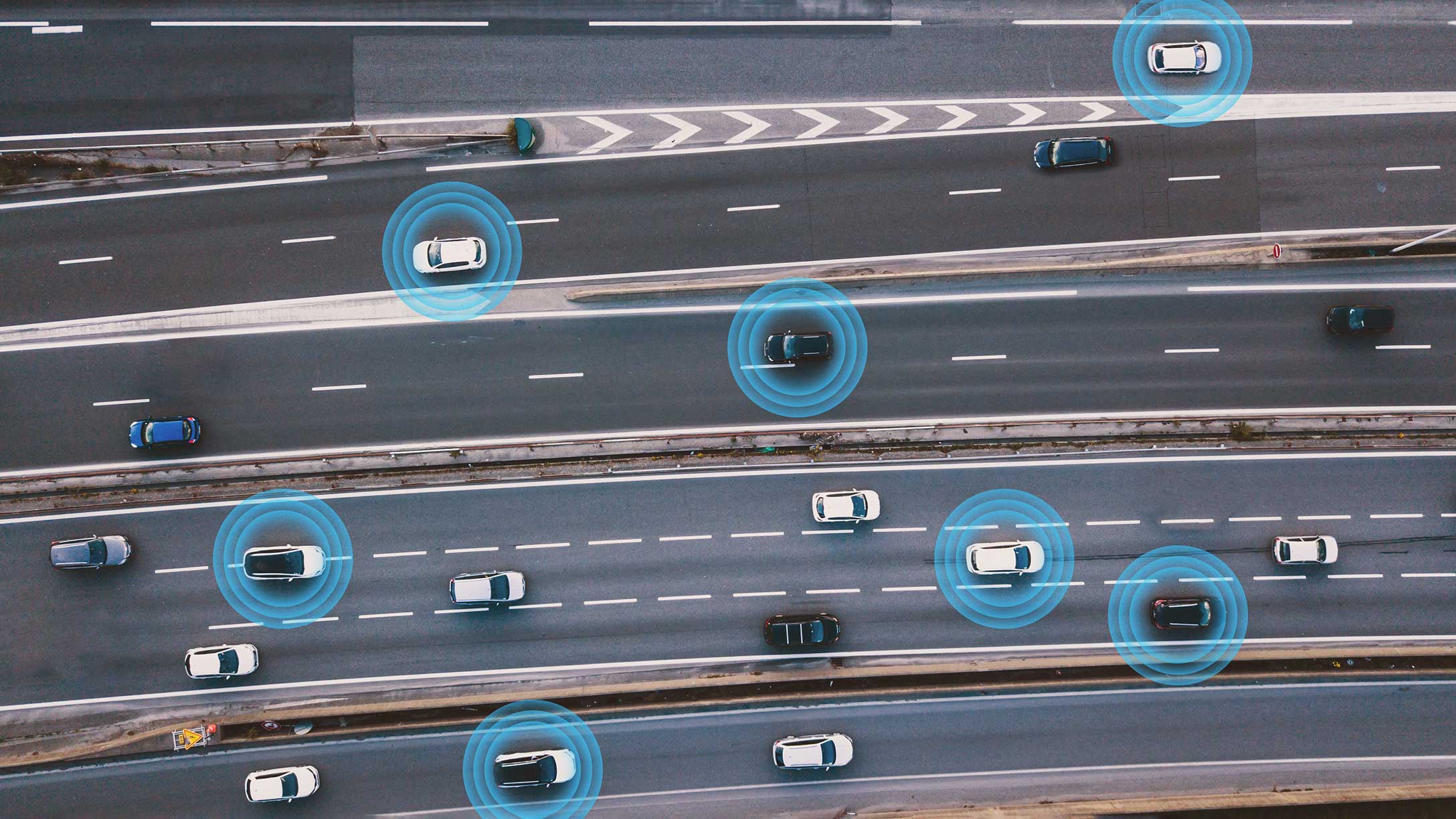
Internal combustion engine (ICE) vehicles have been at the core of the medium- and heavy-duty fleet industry for a century, however perspectives are beginning to change. More fleet operators are taking a closer look at the environmental impact of their vehicles, but they are also noticing something else – being greener can also be more profitable.
As Australia is behind Europe and North America in fleet electrification, this article discusses the global perspectives of EV adoption while we await better data for the Australian market.
The State of Sustainable Fleets 2021 Market and Trends Brief was released earlier this year. This detailed assessment lays out the adoption of clean vehicles and explores the mindset of those who are currently utilising these technologies.
The report reviews the adoption of four types of clean vehicle technologies: propane, compressed natural gas, hydrogen fuel cells and electric batteries. While all of these sustainable technologies reduce vehicle emissions as compared to petrol or diesel engines, battery electric vehicles (BEVs) have an immediate impact on fleet sustainability. The report predicts that BEVs are poised to become the leading clean technology for medium- and heavy-duty fleets in the next 3-5 years.
Why are sustainability and electrification priorities?
The goal of reducing the environmental impact of the transportation industry has been worked on over the last few decades. In 2020, it became more of a focus, particularly with BEVs. This change has been driven by significant improvements in battery technology and an overall reduction in cost. Combined with new governmental emission mandates, funding initiatives and public demand for zero-emission technologies, the stage has been set for BEVs to dominate international transportation industries.
While all forms of clean technology will have their own role to play over the next few years, fully electric vehicles currently represent the most positive outcome. With zero exhaust emissions, they have a much smaller impact on the environment on average and as renewable energy continues to improve it will only get better. EVs also present fleets with the opportunity to improve their bottom line. Since the cost per kWh of electricity and maintenance costs are cheaper compared to the equivalent expenditures for operating ICE vehicles, electric vehicles typically have a much lower total cost of ownership (TCO).
It should be noted that many fleets are choosing to electrify for more reasons than just meeting emission mandates. Guided by a sense of social responsibility, financial incentives or both, many organisations have created their own sustainability goals.
Going electric
According to the State of Sustainable Fleets survey, 69% of responding fleets, who are early adopters of clean vehicles in the U.S., planned to either pilot or purchase a BEV in the next 12 months. There are a number of steps to take when adopting BEVs, like contacting your electric utility company, but the first task is determining where it makes sense to electrify.
Geotab offers a complimentary EV Suitability Assessment (EVSA) to determine which ICE vehicles in your fleet can be replaced with an electric model while maintaining operations and reducing costs. Fleets are encouraged to run these assessments, which are based on fleet-specific data, on a regular basis. In doing so, fleets can re-evaluate the electrification potential following duty cycle changes or as new incentives and vehicle models become available.
The idea of transitioning your entire fleet can seem like an enormous task, however fleet electrification should be viewed as a gradual process. By replacing a small number of vehicles at a time a fleet can essentially test the water and begin to optimise their operations before a large-scale adoption.
Telematics is the key to optimising EV operations
Once you have incorporated electric vehicles into your fleet there are steps you can take in order to increase the benefits of your investment. The key to unlocking this knowledge is by reviewing your telematics data.
Through data-driven insights, fleet managers can optimise routes to ensure the vehicles can cover the most miles without needing to charge en route. They can also establish best practices for charging and driving habits to maintain the vehicle's battery health and improve range.
Maximising the efficiency of the vehicles in your fleet is nothing new and many of the same techniques will still apply for BEVs. By using fleet management software that allows you to manage both ICE vehicles and BEVs within the same platform, you can streamline the entire process.
See also: Optimising your EV fleet with notifications and rules
So what is the state of sustainable fleets?
Fleet sustainability is beginning to blossom across different clean fuel technologies. Current electric vehicles are range capable and can operate at a lower operational cost over their service life for the majority of fleet vehicle duty cycles. As more electric vehicles enter the market in new vehicle classes such as utes, medium-duty and so on, fleet managers equipped with the right data and tools will be able to assign the right vehicle to the right job and seamlessly integrate the operations of electric assets with vehicles.
In order to stay ahead of the curve, fleet managers are encouraged to investigate all of the tools available to them. After all, some of the upcoming government mandates around the globe are only one to two service lifecycles away.
See also: What is fleet sustainability?
The Geotab Team write about company news.
Related posts

From Rebates to Road Safety: A Guide to Optimising Your Council Fleet
March 24, 2025
1 minute read
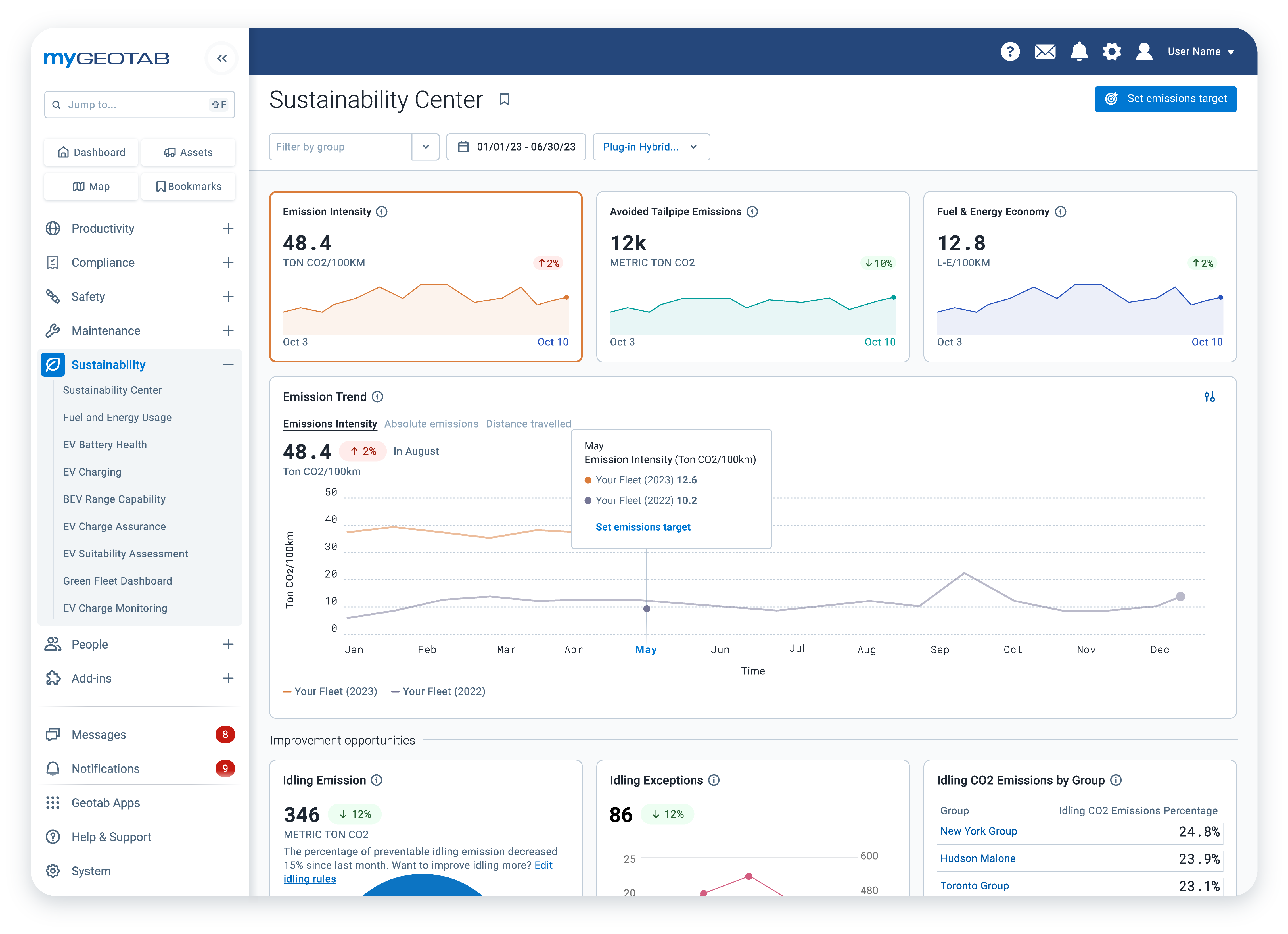
Sustainability Centre: central hub for sustainable fleet management
January 28, 2025
2 minute read
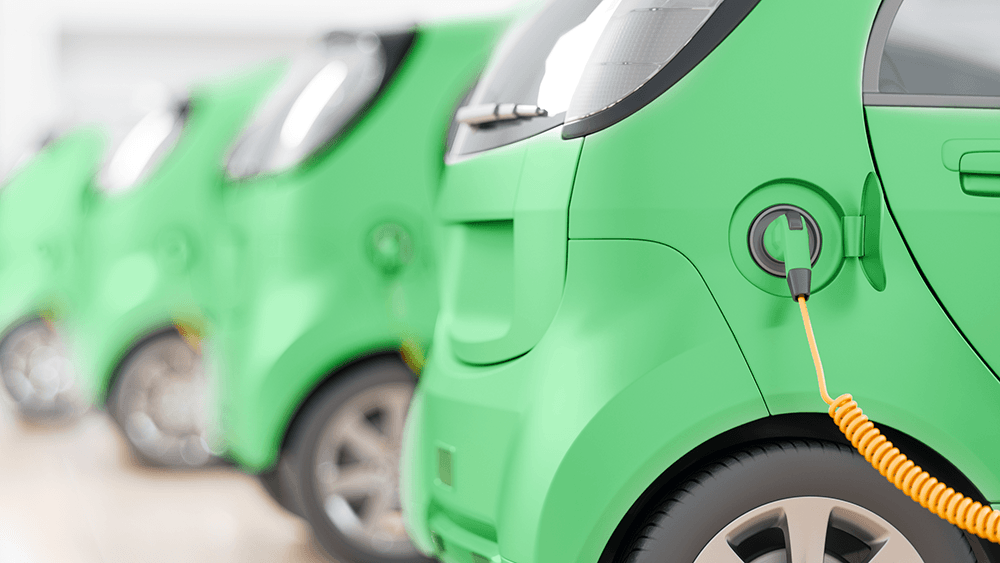
Electric vehicle sales double in Australia: here are three trends in EV adoption
September 8, 2024
2 minute read
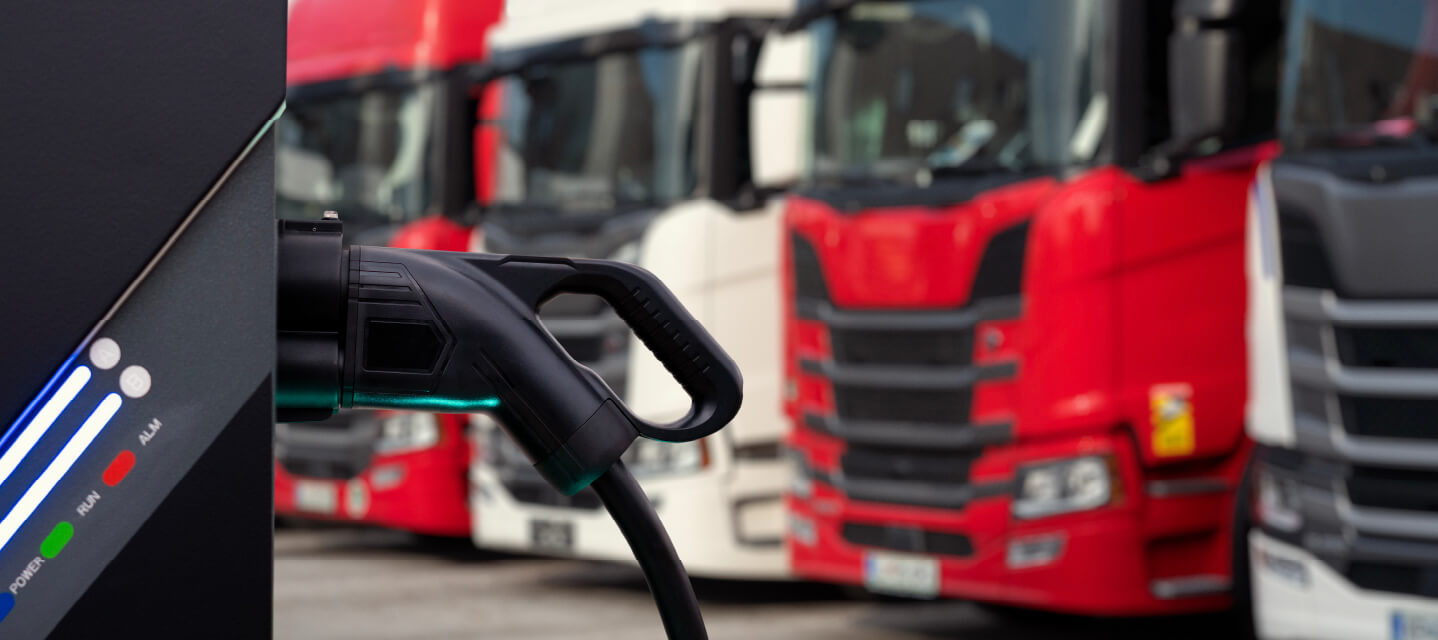
How long do electric car batteries last? What analysing 10,000 EVs tells us…
May 31, 2024
9 minute read

Key takeaways for eMobility Live and National Roads & Traffic Expo 2023
November 21, 2023
2 minute read
